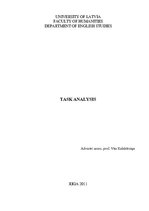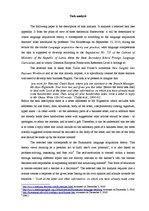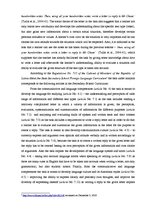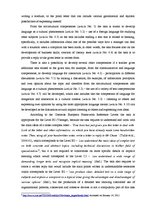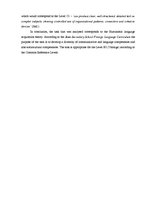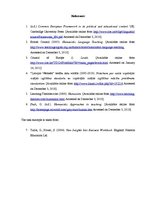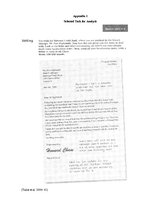-
A Task Analysis
The selected task is taken from Tullis and Power’s workbook New Insights Into Business Workbook and as the title already implies, it is specifically created for those learners who need to develop their business English. The task is to pretend or imagine that
‘you work for National Credit Bank, where you are assistant to the Branch Manager, Mr Alan Highsmith. Your boss has just given you this letter [below the main task line] to deal with. Look at the letter and other information, on which you have already made some handwritten notes. Then, using all your handwritten notes, write a letter in reply to Mr Chase. Write 120-140 words.’ (Tullis et al., 2004:41).
Below the task description there is a letter addressed to Mr Highsmith which includes both addresses (to and from), date, salutation, body of the letter, complimentary closing, signature, typed name – in other words – all the necessary parts of a business letter, and in addition there are already made three handwritten notes with suggestions what actions should be taken – to apologise, to admit the mistake, and to send a gift. Therefore, it can be understood that the task is to create a reply letter that would include all the necessary parts of a business letter, the three already suggested actions should be included in the body of the letter, and the rest of the body text should be made up by the learner himself.
The selected task corresponds to the Humanistic language acquisition theory. This theory views learning as a personal act to fulfil one’s own potential1, it is also based on problem-solving, reasoning, and free will2. …
The following paper is the description of task analysis. It analyses a selected task (see appendix 1) from the point of view of three theoretical frameworks: it will be determined to which language acquisition theory it corresponds to according to the language acquisition theories’ table introduced by professor Vita Kalnbērziņa on September 13, 2010, during the lecture for the course Language acquisition theory and practice; what language competences the task is supposed to develop according to the Regulations No. 715 of the Cabinet of Ministers of the Republic of Latvia about the State Secondary School Foreign Language Curriculum; and to which Common European Framework Reference Level it belongs to.

